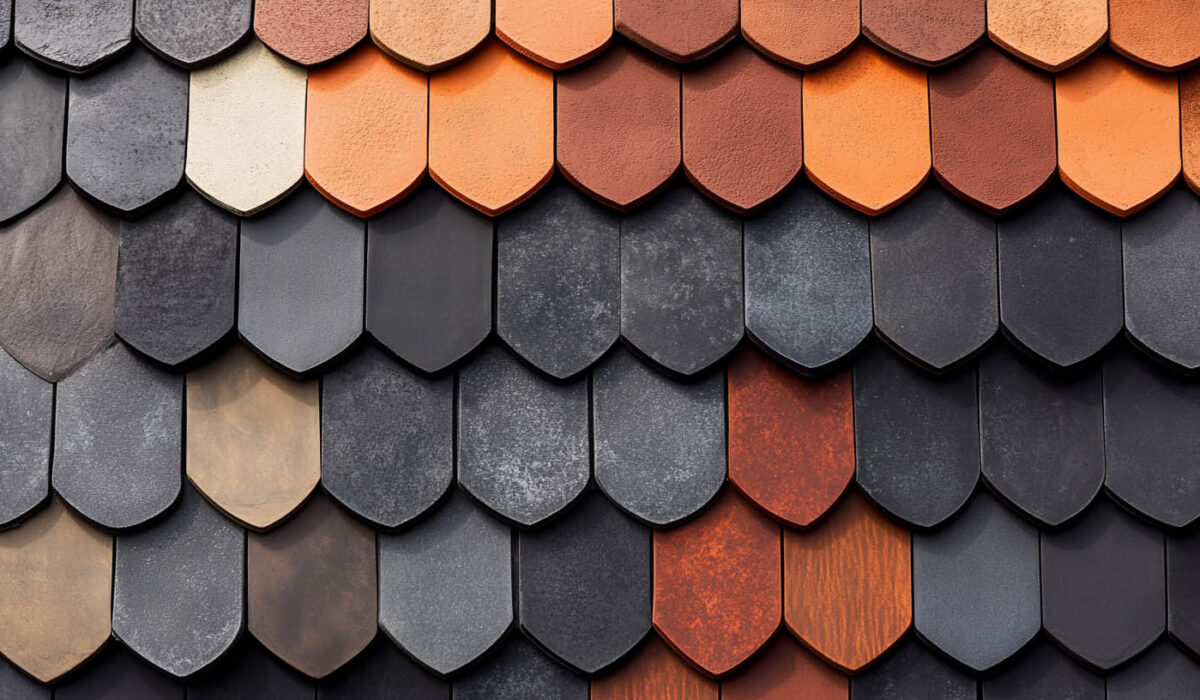In the world of roofing, functionality and beauty rarely go hand in hand—except when it comes to roof tiles. From slate to composite, roofing tiles offer a diverse array of aesthetic styles, performance benefits, and long-term value that standard shingles can’t match. For San Diego homeowners looking to make a statement while protecting their property, understanding the variety of roof tile types is a smart place to start.
At Tile Roofing San Diego, we specialize in delivering high-performance tile roofing systems that combine traditional craftsmanship with modern innovation. Based in San Diego, CA, and certified as both a GAF Master Elite and Owens Corning Preferred Contractor, our work is backed by exclusive warranties and top-tier materials—ensuring every tile we install is built to last.
Why Choose Roof Tiles Over Shingles?
Asphalt shingles may be affordable and easy to install, but tile roofing offers longer lifespan, greater durability, and unmatched curb appeal. Unlike shingles, roof tiles can be made from a wide variety of materials, allowing homeowners to select a look and function that matches their property style, climate, and budget.
Let’s explore the most popular roof tile types found on homes across San Diego and beyond.
Slate Roof Tiles
Slate is a natural stone that offers a high-end, timeless look. It’s fire-resistant, long-lasting, and available in beautifully varied colors. However, slate is extremely heavy and brittle, requiring structural reinforcement and specialized installation. That makes it a premium—but sometimes impractical—choice for Southern California homes.
Clay Roof Tiles
Beloved for their classic barrel shape and warm terracotta tones, clay tiles are iconic in San Diego’s Mission and Mediterranean architecture. These tiles excel in hot climates and can last over 50 years. However, they are heavy, fragile underfoot, and costly to maintain or repair—especially on older roofs.
Cedar Shake Tiles
Cedar shakes provide a rustic charm unmatched by most modern roofing materials. Naturally resistant to insects and decay, cedar also offers moderate insulation. The downside? As a wood product, it demands frequent maintenance and is more vulnerable to fire—a concern for homes in wildfire-prone areas.
Concrete Roof Tiles
Concrete tiles can be manufactured to mimic the look of clay, slate, or even wood. They are relatively affordable and extremely durable. However, like clay, they are heavy and require extra support. Their porous nature can also lead to moisture retention if not properly sealed.
Composite Roof Tiles
Composite tiles are gaining popularity for good reason. Made from recycled materials, they combine the beauty of traditional roofing styles with the strength, flexibility, and lightweight convenience of modern engineering. They are easier to install, last longer, and are available in nearly endless colors and shapes.
Here’s a unique fact: Many composite tiles, including premium products, are not only recyclable but also manufactured from 100% post-consumer waste—making them one of the most sustainable roofing options on the market today.
Metal Roof Tiles
Often shaped to mimic barrel, slate, or shake tiles, metal roofing offers a long-lasting, lightweight solution. It resists pests and mold, but it’s prone to denting, can be noisy during rain, and may require frequent fastening checks due to expansion and contraction.
Solar Roof Tiles
A blend of form and eco-function, solar tiles generate electricity while protecting your home. They’re often more expensive than other options and typically require specialized installation. While perfect for energy efficiency, their visual appeal and ROI vary depending on system size and sun exposure.
Copper Roof Tiles
Copper tiles bring a luxury aesthetic and unrivaled durability. Over time, they develop a rich patina that enhances their appeal. But they come at a high upfront cost and, due to their value, may pose a security risk from theft.
Fiber Cement Shake Tiles
Fiber cement tiles mimic the look of wood but offer better resistance to fire, rot, and pests. However, they’re still quite heavy and may require additional structural reinforcement. Their rigid texture may also be less convincing than natural shake or composite alternatives.
What’s Best for San Diego Homes?
Thanks to our Mediterranean climate, San Diego homes benefit most from roofing materials that offer heat resistance, moisture management, and style flexibility. Clay, concrete, and composite barrel tiles dominate the landscape for good reason—they blend well with stucco exteriors, offer long lifespans, and improve property value.
But for homeowners seeking the best of all worlds—beauty, durability, and ease of maintenance—composite tiles are often the ideal solution. Lightweight yet tough, they eliminate the need for costly structural upgrades and reduce long-term upkeep costs.
FAQs
Are composite tiles suitable for coastal climates like San Diego?
Absolutely. Composite tiles resist salt, UV rays, and moisture, making them perfect for coastal homes.
Can I mix different tile types on the same roof?
It’s possible, but not usually recommended. Each tile material has unique expansion rates, weights, and installation methods. Uniformity ensures longevity and performance.
What tile style boosts resale value the most?
Spanish barrel tiles—especially in clay or high-end composites—tend to add the most resale value due to their timeless design and wide appeal in the Southern California market.
Conclusion
From slate to solar, the world of roof tiles offers homeowners an incredible range of styles and strengths. Whether you’re renovating a classic Spanish-style home or building a modern bungalow, there’s a tile type that fits your vision and performance needs. The key is to choose a material that not only looks great but is engineered for San Diego’s unique coastal conditions.Ready to invest in a long-lasting, beautiful roof for your home? Discover the barrel tile roof life expectancy and what it means for San Diego homeowners.

